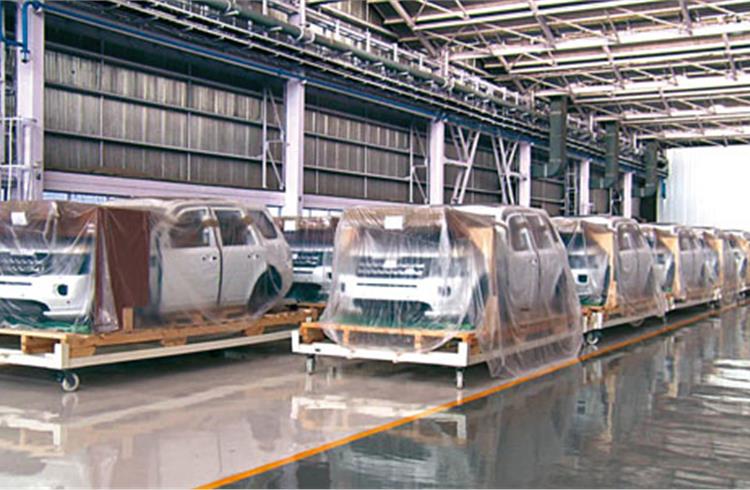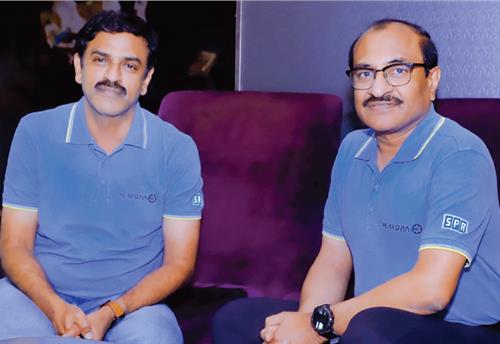Will the FTA with EU benefit India?
SIAM says inclusion of the auto sector in FTA will be harmful. But a more liberal regime can benefit buyers and create jobs too. Shobha Mathur and Brian de Souza report.
Last week, the Society of Indian Automobile Manufacturers (SIAM) circulated a white paper on the likely impact of the inclusion of automobiles in the ongoing FTA talks between the EU and India. Briefly, it said that if automobiles are allowed in at lower duty rates (the current rate is 75 percent pending the passing of the Budget which suggests a 100 percent), it would lead to investments drying up and therefore, fewer jobs created.
The government is keen to push manufacturing because that creates jobs, which is good politics. By leveraging the CKD route, carmakers have created jobs and priced their products competitively. But most jobs are likely to be typically screwdriver ones. When the government first upped CKD rates from 10 percent to 60 percent (it was subsequently lowered to 30), carmakers were up in arms, apparently threatening to withdraw all their investments. Then in last year’s Budget, the Centre upped customs duty on CBUs to 75 percent, which only makes the landed costs of imported vehicles that much more expensive.
SIAM’s director-general, Vishnu Mathur told Autocar Professional that the auto sector should be in the negative list or local manufacturing will be hurt. Further, he says it not only concerns luxury cars but that the EU is believed to be considering imports of cars with a 1500cc engine as well as some commercial vehicles. The SIAM paper said that India chose to offer ‘free’ market access to global auto players through the route of investment. Further, the paper buttresses this argument saying that while import duties are ‘prohibitively high’, all restrictions on FDI have been removed. The SIAM document says that most EU investments in our auto sector have been directed at the local market and are not export-oriented.
In its defence, SIAM says that by restricting market access via the trade route, it has reaped huge dividends for the country. Under the Automotive Mission Plan, 77 tariff lines have been identified where customs duties will not be lowered under FTAs. In all FTAs that India has negotiated earlier, the document says that Japan, Asean and Korea have ‘all accepted and respected’ India’s position.
The EU has been, in a sense, adamant, on the inclusion of the auto sector. It wants a road map for a zero tariff regime for all cars to ensure permanent opening of the trade route Given that exports from the EU are declining, and India’s a growing market, gains from the FTA will be only for the EU, SIAM claims. The document says CBUs rose from 5,000 large cars in 2009-10 to 11,000 in 2010-11; that is, double over two years. CKDs have gone up from 17,000 to 22,000, up just 30 percent. SIAM does not say by how many CBUs this could increase in a more liberalised environment.
The document also says: “Our industry is not yet mature and therefore, the policy initiative of the entire decade would go waste if either any tariff relaxations are permitted at this stage or policy set-up tampered.” BMW says it will present its view through SIAM. In an earlier interaction with this publication, Eberhard Kern, MD and CEO of Mercedes-Benz India, suggested that policy clarity reduced the risk element in huge investments. He admitted to several opinions in EU and India about the FTA but said he favoured free trade.
On the jobs front, we don’t for sure how many jobs will go. However, SugatoSen, deputy director general, SIAM, says additional jobs generation of 2.5 million will not be achieved if local manufacturing is affected. According to Sen, when the Automotive Mission Plan began, jobs were 10 million and that has now doubled. The target is 25 million.
Finally, lower tariffs will be good for the consumer who will get top-quality products at fair prices. Clearly, much depends on how India and the EU authorities thrash this out.
RELATED ARTICLES
BRANDED CONTENT: Eliminating the worries of battery charging with smart solutions
The charging infrastructure is the backbone of electric mobility but is also one of the key perceived barriers to EV ado...
The battery-powered disruptor
Greenfuel Energy Solutions is planning to shake up the EV battery market with the launch of a portfolio of specially eng...
SPR Engenious drives diversification at Shriram Pistons & Rings
The engine component maker is now expanding its business with the manufacturing of motors and controllers through its wh...





 By Autocar Pro News Desk
By Autocar Pro News Desk
 18 Apr 2013
18 Apr 2013
 3197 Views
3197 Views









